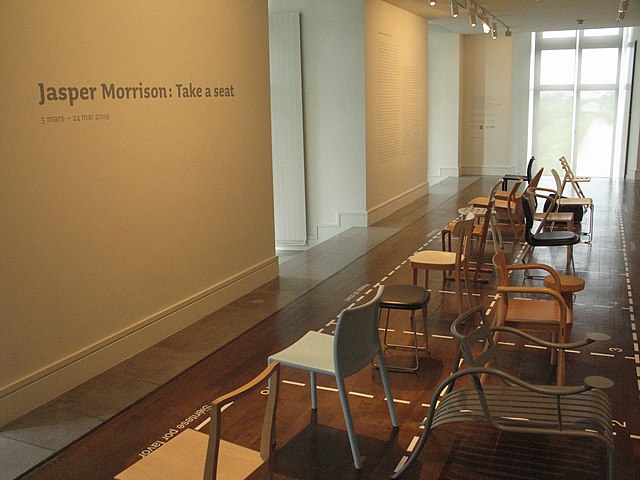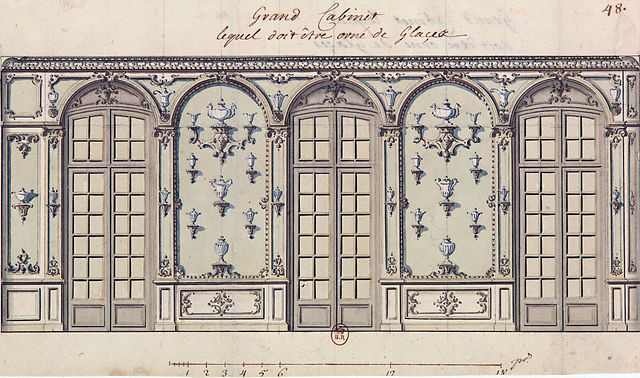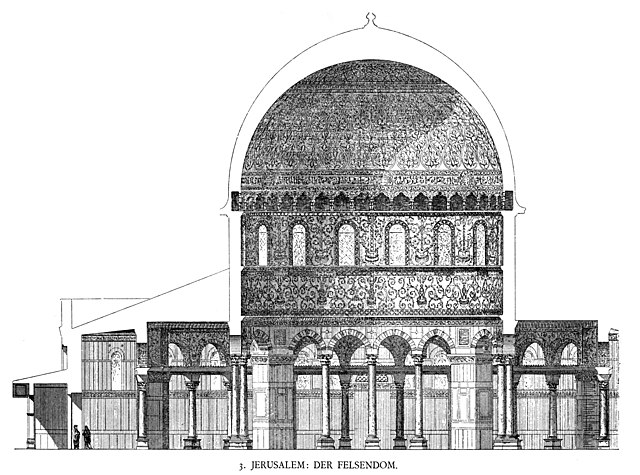Post 141 -Gautam Shah
Interior Design as a profession is changing at a very fast pace. Today
many different forms of interior design practices exist, ranging from
Pure design (only),
Design + Supply,
Design + Supply + Execute (install-fabricate-operate).
.jpg/576px-Frank_Lloyd_Wrights_Pope-Leighey_House_(3378308214).jpg) |
| Frank Lloyd Wright Pope-Leighey House > Wikipedia image by Cliff from Arlington Virginia USA |
These classifications arise due to ethical reasons (professional bodies,
governmental regulations, etc.), taxation, traditions and business
convenience. There was a time when Interior designer or decorator
worked on a site or few sites, within the travelable region. In very large,
complex and remotely located projects, however, it was not feasible, for
the designer or their representative to be present all the time on a site,
and conduct the projects. Interior Designers, as a result, gradually began
to limit their work to design matters only, and let other agencies
handle the supply and execution. The practice of employing or
appointing ‘third party venders or contractors’ serves varying degree
of efficiency, reliability and satisfaction, for corporate or
government types of organized clients.
In recent years large number of holistic Interior Items and systems
have become available. These vendors (such as of modular kitchens,
Toilets, Ceiling, Acoustics+Ceiling, Painting and other surfacing, Glazing,
etc.) offer complete installation services. So Amateurs and Lay-users
prefer services of such supply-install venders.
 |
| Vendor-Supply Interior Design Practice through use of Catalogues (by James Shoolbred & Co. 1876) Wikipedia image |
On the other hand, small practice designers found it more convenient
to mange execution along with design. Designer self executing their
own design often worked, without premeditated scheme. Designers,
who lacked the capacity to detail out or document a project, preferred
this route. These small time designers or amateurs have a capacity
of creating design images (representations like Isometric, perspectives,
3D images, etc.) which are used as presentations for enticing a client.
These amateurs rely on known craftspeople who can execute the design
from such images and workout the lacking details.
 |
| Diagram of three corbel brackets at Chinese Hall by Official and architect Li Jie 1103 Wikipedia image by PericlesofAthens |
There was a time when a Designer had to specify raw materials and
the process of assembly or manufacturing to generate a product
or a functional system. To check the suitability of the delivered
product, and operative validity of the system, a series of tests and check
parameters are also required. Very often these parameters remain
worthless, because neither, the required level of manpower and testing
equipments are available at a site, nor is it feasible to take the product
or system from site to such locations.
 |
| Jasper Morrison Furniture in the Musee des Arts Decoratifs > Wikipedia image by Gael Chardon from Paris France |
Design needs are now documented in terms of ‘performance
specifications’ or optimum operative functionality to be attained
by the vendor or contractor, with their choice technological input
(materials or manufacturing). This type of modern design
documentation requires high level of skill input, technological
knowledge-ability and professionalism. Amateur or untrained (hobbyists)
interior designers do not have such proficiencies.
 |
| Documented design by Robert de Cotte 1700s |
The separation of design and execution, is also favourable
arrangement from point of view of Taxation. Pure Design practice is
liable for simple taxation like Service Tax. In Design + Supply
practice, a designer may be liable to pay other taxes (Sales Tax, etc.).
Design + Build practice, is though an accepted norm in many countries
of the world.
 |
| McElroy Octagon House on Gough st San Fransisco Cal 1891 Credit Library of Congress Prints & Photographs Division WIS,28-WATO,1- |
Interior Design like any other Design profession, is a dependent
profession. Interior designers work in conjunction with other design
professionals, needing interior design inputs in their projects, such as
Architects, Building engineers, Landscape designers, Furniture and
Product designers, Exhibition and Event managers. Interior designers also
use expertise of other professionals for their work. These include
environmental engineers, ecologists, furnishing experts, textile designers,
painters, sculptors, and an array of crafts persons.
 |
| Pixabay Free image by stokpic |
Some degree of specialization is becoming apparent in Interior Design.
Some of the major fields to have distinct identities within the ambit of
Interior Design are: Hospitality or hotel design, Entertainment facilities,
Public space design (air ports, railway stations), Exterior design or Street
architecture, Exhibitions and events planning, Retail designing, Transport
interior design. These fields naturally demand a varied manner of design
approach and handling.





1 comment:
Thank you so much for creating such a wonderful blog. I've learnt a lot from this. I hope you continue creating more content like this.
RR Elite Space Designs Best Interior design firm in Vijayawada
RR Elite Space Designs is Vijayawada's best interior design firm. Our creative designers are so passionate about crafting wonderful designs that give a new life to your space. If you are looking for the best interior design company in Vijayawada, feel free to reach us.
Post a Comment